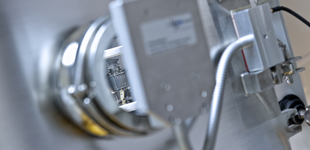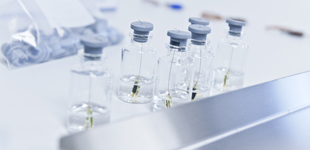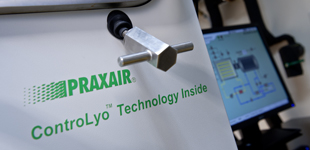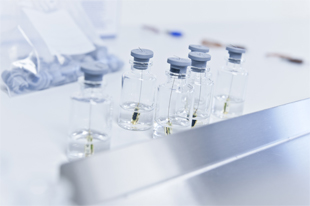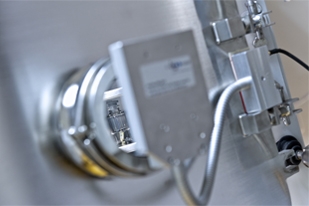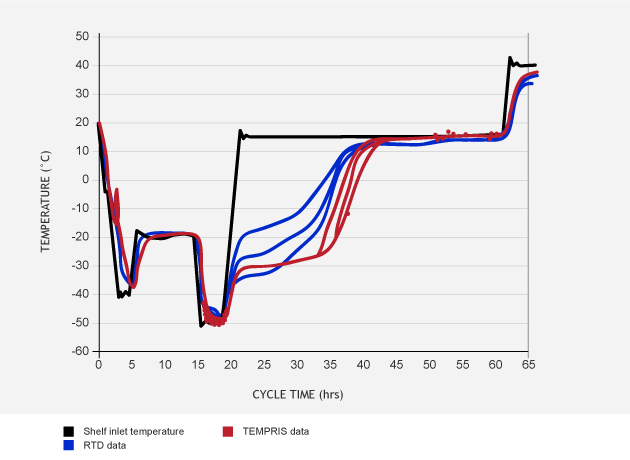TEMPRIS Wireless Temperature Sensors
Relevance & Measurement Concept Behind This Technology
The Temperature Remote Interrogation System (TEMPRIS) is a wireless and battery-free temperature sensing solution which consists of up to 16 individual sensors (Figure 1), an interrogation unit (IRU) including transmitter (Figure 2) and a computer system with a software installed to record the data to file (Figure 3). The sensors receive their power by excitation of the passive transponder by means of a modulated electromagnetic signal in the internationally usable 2.4-GHz ISM band, with evaluation of the back-scatter response. The signal is demodulated in the transponder by means of a diode detector and used to stimulate a quartz-based resonance circuit. This way, the resonator itself is used as an energy storage device. In the second step the amplitude modulation is deactivated and only the continuous wave (CW) carrier is radiated. The stimulated resonance circuit continues to oscillate at its characteristic frequency which depends on its temperature. This free oscillation frequency is mixed with the CW carrier and re-transmitted to the IRU. The IRU measures the frequency of this response modulation and the exponential drop in amplitude. In combination with statistical parameters of several consecutive responses the key variable “temperature” is derived.
One of the most important features of TEMPRIS (iQ-mobil solutions GmbH, Holzkirchen, Germany) is that literally the same sensors can be used during laboratory scale developments and subsequent routine manufacturing. The use of TEMPRIS therefore eliminates the obstacle of “interpreting” temperature profiles obtained from different temperature sensors during scale-up: thermocouples in the laboratory and (if available at all) RTD’s which are typically used in production (Figure 4).
Key Features
- Wireless and battery-free sensors without additional heat contribution to the product.
- Real-time monitoring of up to 16 vials in any scale of freeze dryer.
- Sterilizable, compliant to FDA 21 CFR Part 11.
- High accuracy (-60°C to +40°C: ± 0.5 K).
- Simple retrofit to all scales of existing equipment.
Why Do We Use This Technology?
We value the flexibility of TEMPRIS as a temperature monitoring tool. In laboratory-scale equipment, TEMPRIS allows us to increase the number of available temperature sensors in a unit, independent of the design or type of the freeze dryer. However, the most integral benefit of the wireless sensors for us is their application as a complementary PAT tool to monitor product temperature profiles during cycle development and optimization. This way, the information can be used to realize the same product temperature over time profile in a subsequent scale-up to pilot or production units (which use TEMPRIS).
Further Reading and Resources:
A short technical note on TEMPRIS wireless sensors may be obtained in our Scientific Insights section. Recent research articles on TEMPRIS are highlighted in the GILYOS Scientific Library. For more product-related information, please visit the website of the manufacturer: iQ-mobil solutions.



